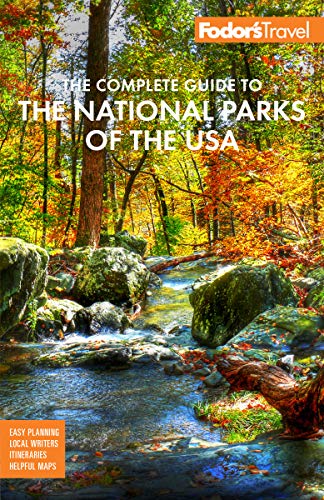Plants and Wildlife in Pinnacles National Park
Pinnacles doesn't have the wildlife superstars found at other national parks—bison, bear, elk, bighorn sheep. Here, California condors rule the roost.
Magnificent Birds
These magnificent birds, which when fully grown have wingspans approaching 10 feet, were nearly extinct in the 1980s. Only 22 remained in the world just three decades ago, but thanks to an intensive captive breeding program, there are now more than 400, with 240 of them in the wild. Pinnacles is one of the five release locations for California condors, and about 30 make their home in the park. It is also the preferred habitat for prairie falcons, which breed here in one of the highest densities in the world.
From Bobcats to Beetles
Bobcats and cougars also roam Pinnacles, and California quail are abundant. In addition, there are 14 species of bats, including a colony of Townsend's big-eared bats in Bear Gulch Cave, hibernating in winter and raising their young throughout the summer. The park has the most bee species—400 per unit area—of any place ever studied. It's also an essential refuge for native species, among them the big-eared kangaroo rat, the Gabilan slender salamander, the Pinnacles shield-back katydid, and the Pinnacles riffle beetle, that have been challenged by nearby human encroachment.
Wildflowers and Chaparral
Springtime sets the stage for a wildflower extravaganza, especially from March through early May, when more than 80% of the park's plants are in bloom. The most prodigious early bloomers include manzanita, shooting stars, and Indian warriors; by March the park is awash in California poppies, bush poppies, buck brush, fiesta flower, and monkey flower. Late bloomers include suncups, bush lupine, and Johnny-jump-ups. Most of the park is covered in chaparral, which has adapted to the high-heat, low-moisture conditions. This particular plant community is mostly shrubs that grow to around 6 feet tall; the dominant species is chamise, which grows alongside buck brush, manzanita, black sage, and holly-leaved cherry.




